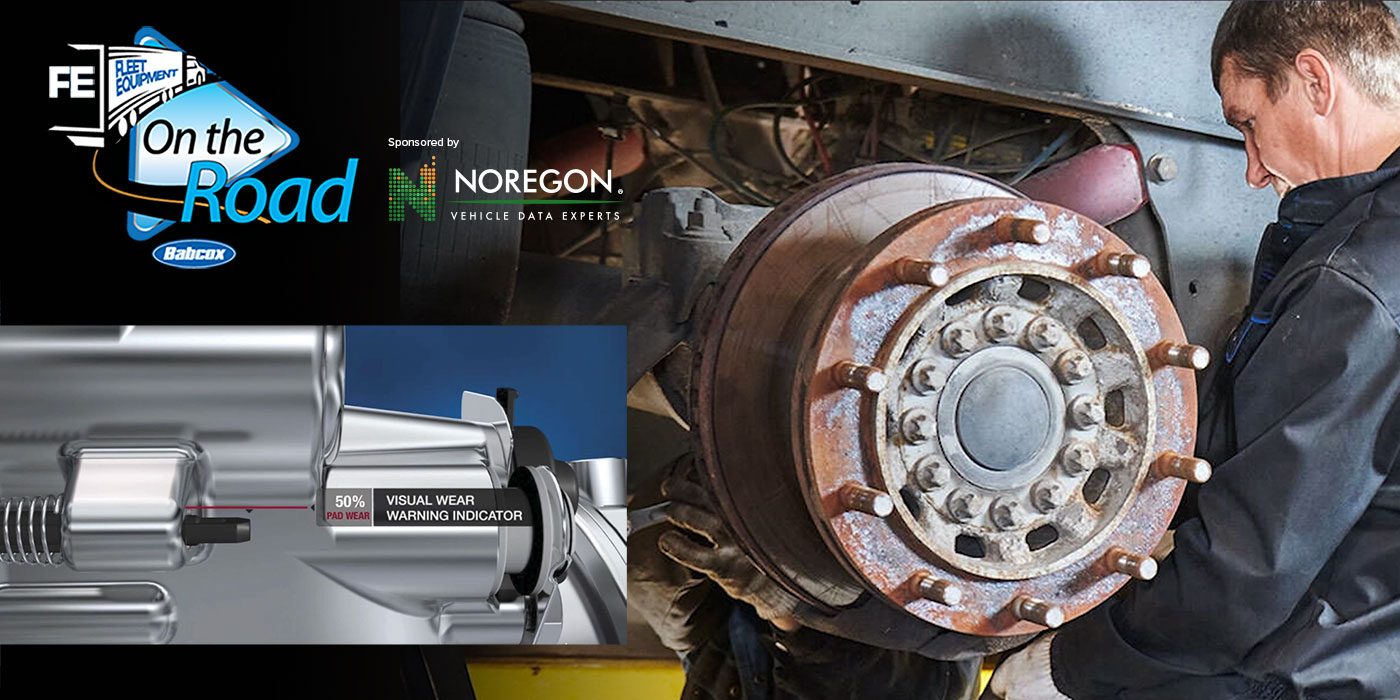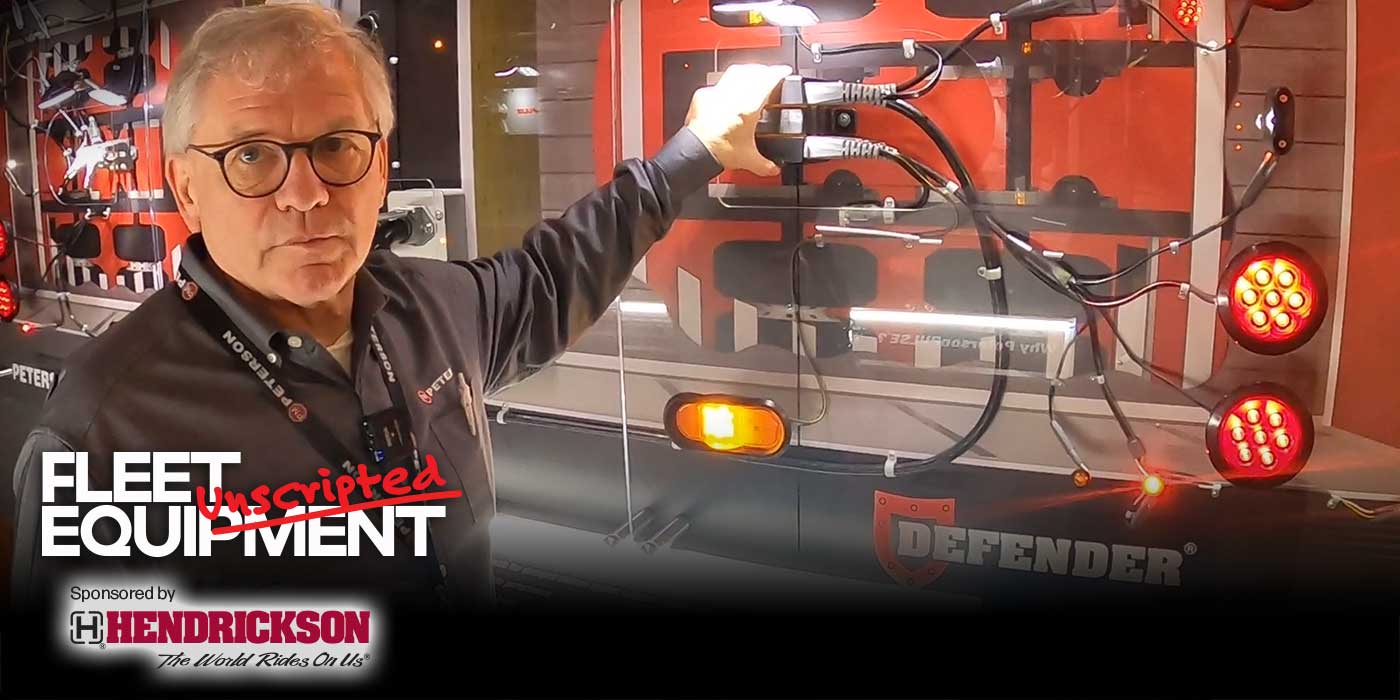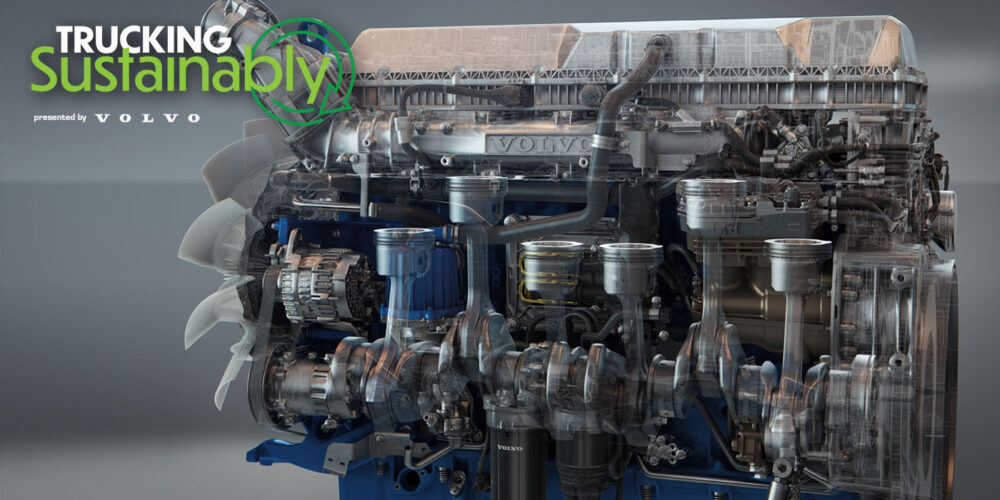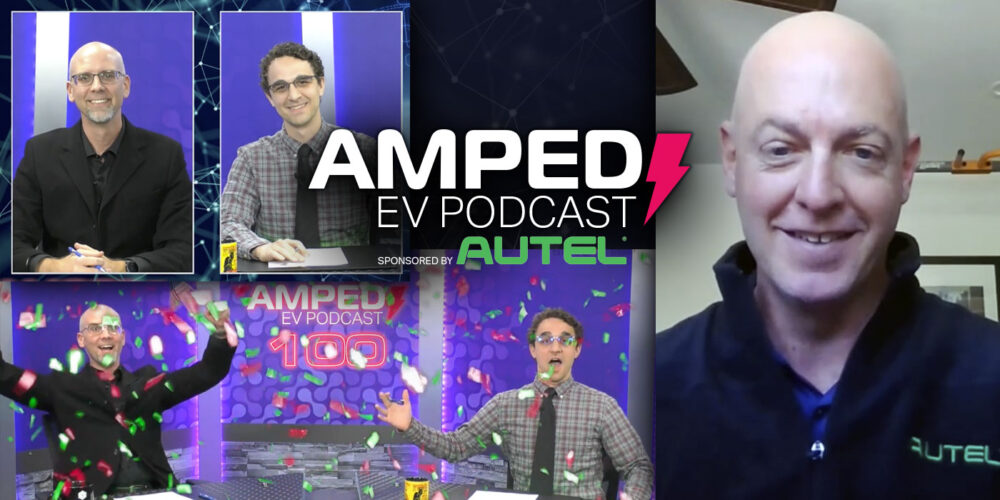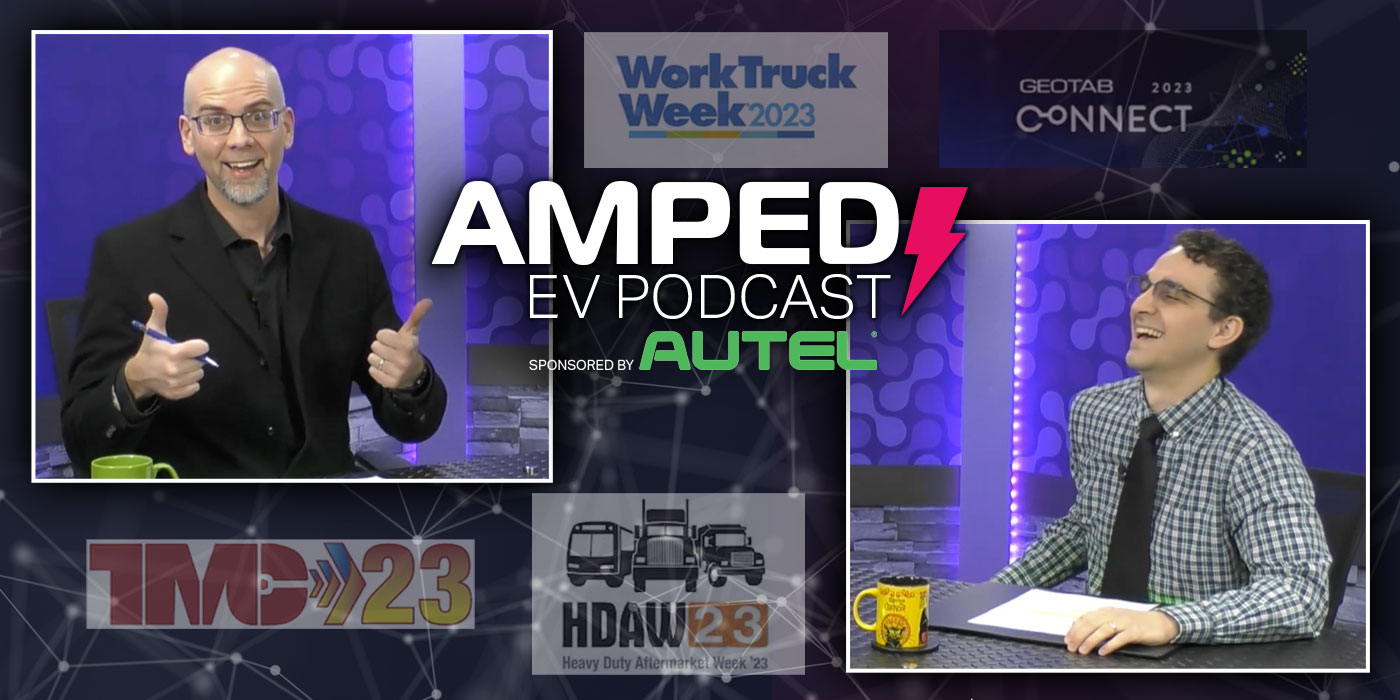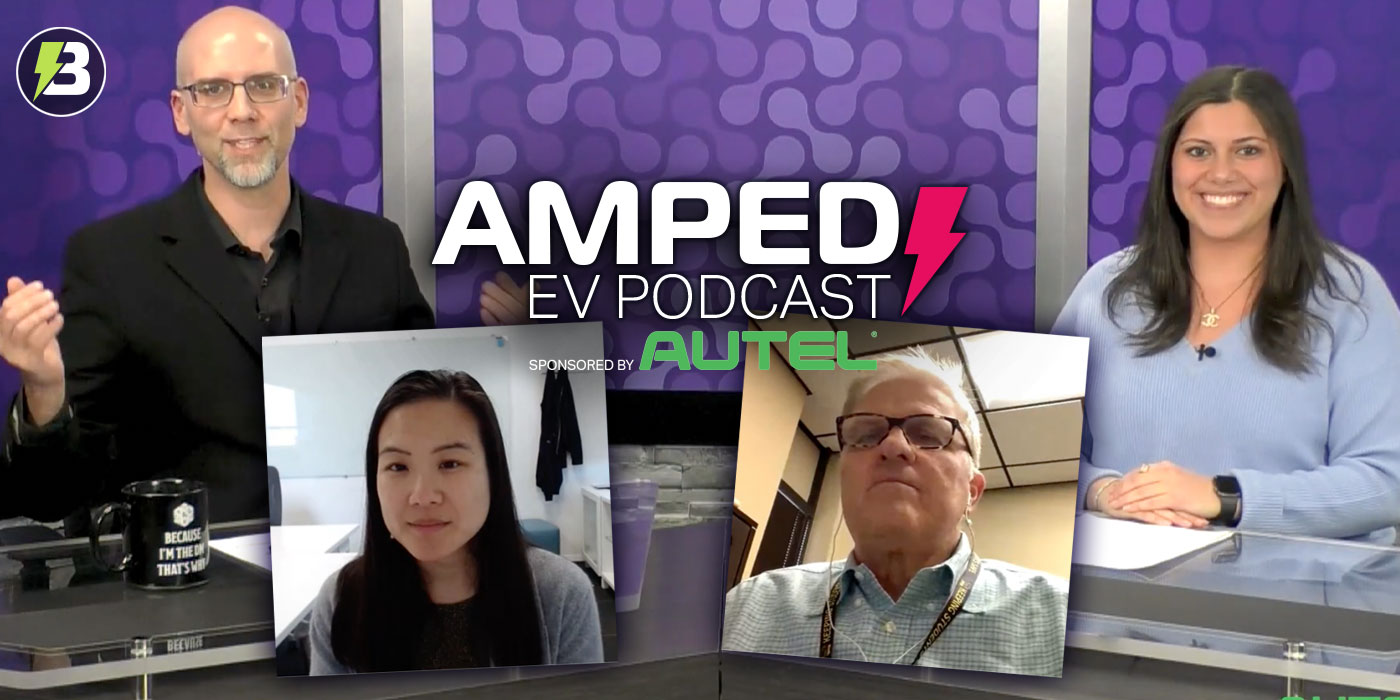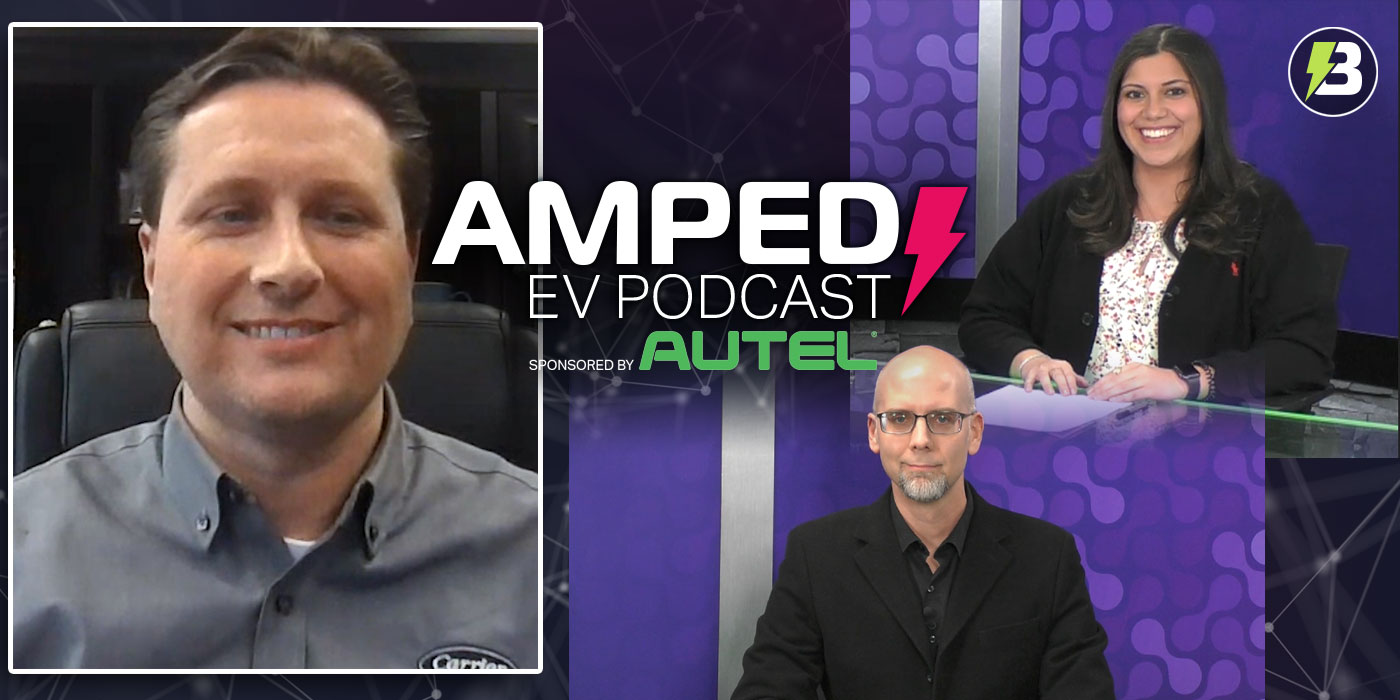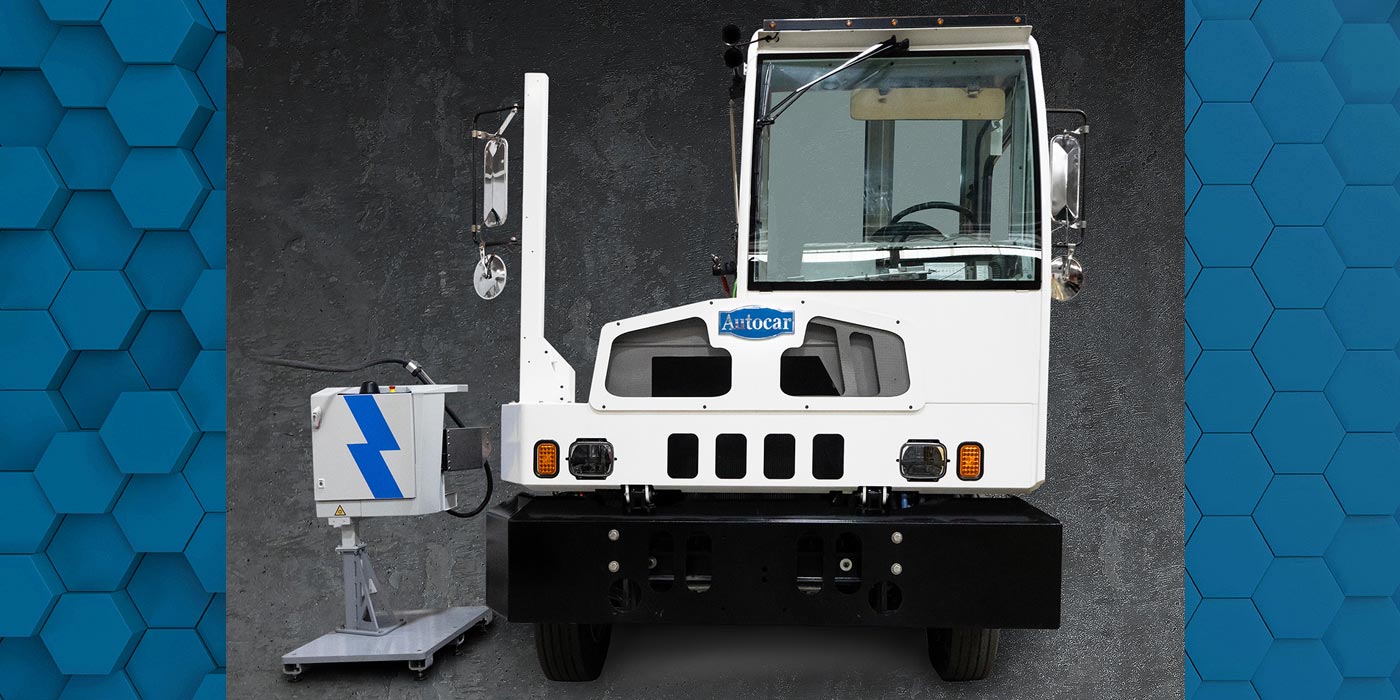The story of today’s transportation sustainability efforts aren’t written by the availability of the equipment–battery electric, natural gas, and even hydrogen trucks are rolling in applications right now. (Some real world, some pilot, all a reality.) The next equipment generation’s power will be determined by available infrastructure. Battery electric infrastructure is making supposed strides (at least in initial funding), natural gas is already well established (though that fuel still generates some emissions), but what about hydrogen?
Seemingly the near-term sustainability savior of long-haul applications, hydrogen infrastructure has an equally long-haul ahead of it. Now add in the idea that not only do you have to know where you’re fueling your hydrogen vehicle, but you also need to have an understanding of how that hydrogen is being generated in order to meet demand.
David Sickels, editor of The Buzz, an EV-focused sister publication of Fleet Equipment, and I talk about the questions facing hydrogen. I can’t promise that we have hard answers, but we layout the hydrogen infrastructure landscape as it stands now and where it could go in the future. And have a lot of fun along the way. Watch above for all of the insight and antics.


